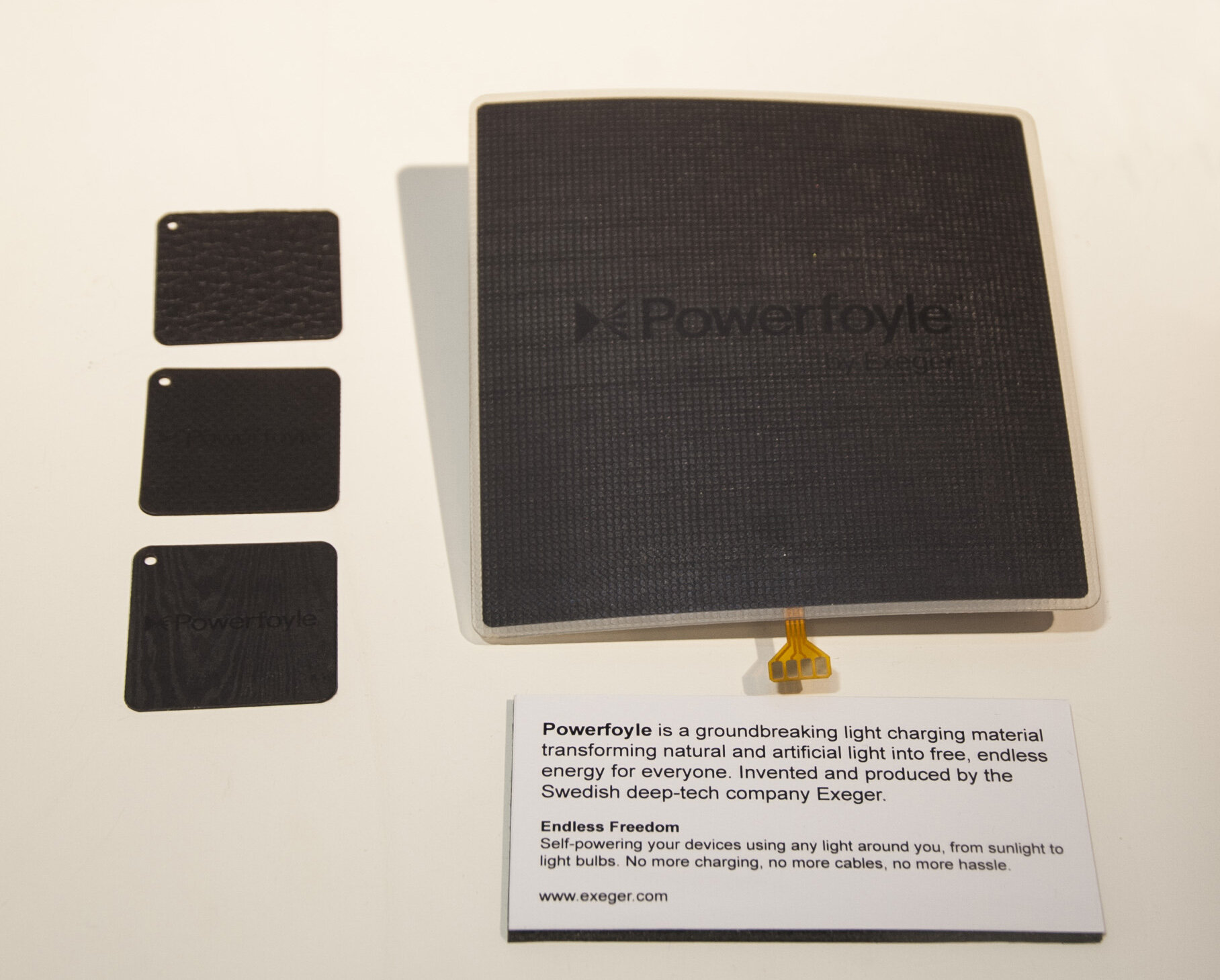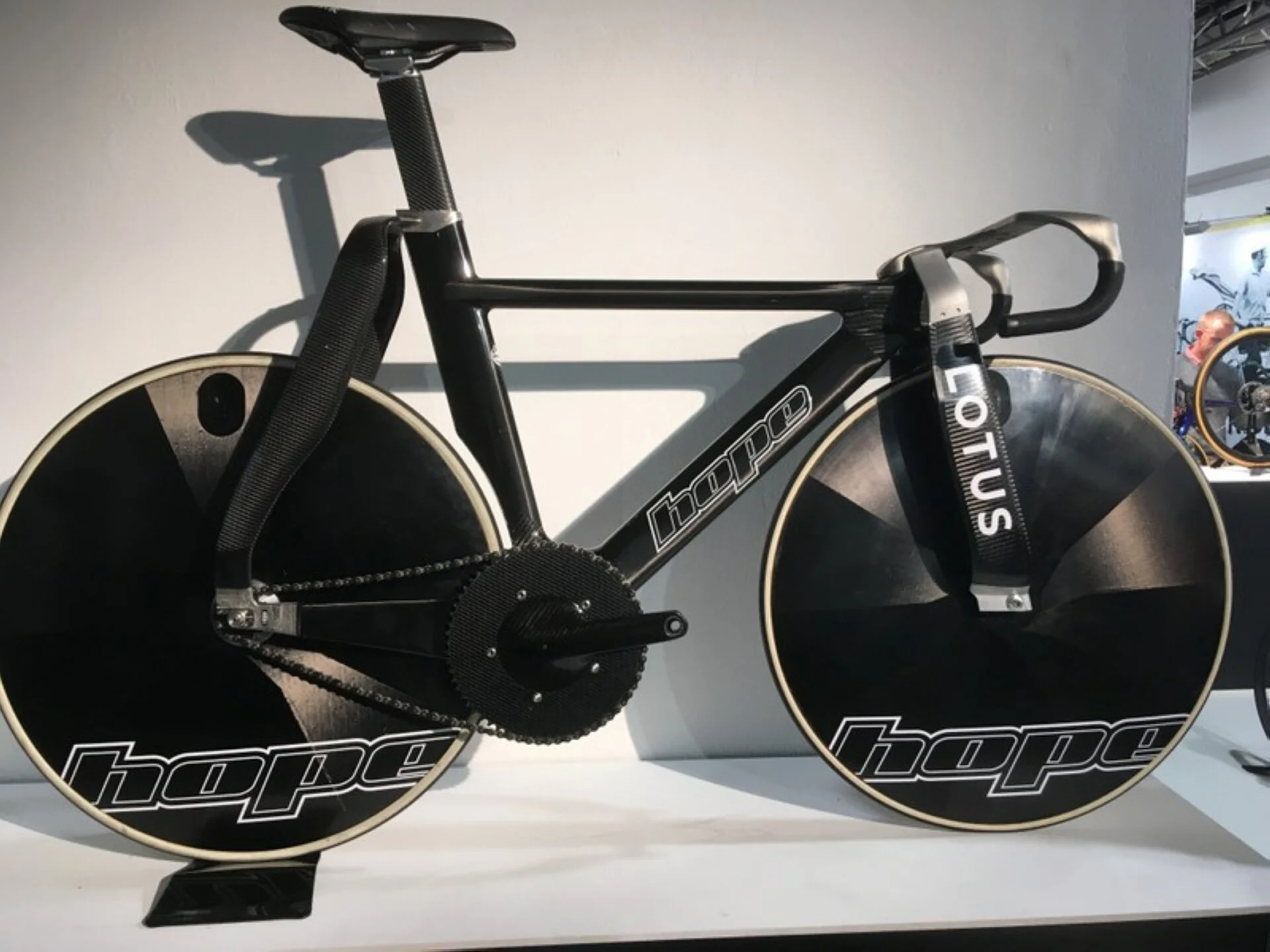Best In Class:
Highlights from the Rouleur Classic 2019
Words and Photography by Andy Thornley
We visited the recent Rouleur Classic to catch up on new tech being delivered in the cycling world – and the latest innovations from the folks at POC really caught our eye.
The first innovation was in developing photochromatic sunglasses with lenses that change opacity depending on the level of brightness they’re exposed to. “But” you might yell, “this has been around for years”. And you’d be right, but there’s a huge difference in these soon-to-be-released specs. The change is instant and controlled by a sensor at the top of the glasses that triggers an LCD change in the lens, changing the opacity. Perhaps the best likeness would be the posh windows you sometimes see on Grand Designs that can be switched from transparent to opaque at the flick of a switch. We’re told they’re being released in spring/summer 2020 so keep your eyes peeled. Ahem.
Their next innovation is something taken from their experience in ski helmets. To enable emergency services to locate skiers caught in avalanches, POC put chips in the helmets which allow emergency services to determine where the poor soul is under the snow. They’ve used this with their cycling helmets to store information about a rider (emergency contact number, medical profile, etc.) so that first responders can obtain the information when you’re not able to divulge it. As well as the big developments, it’s the small attention to detail that often makes a difference, like grips on the inside of the helmet vents to keep your glasses secure when you’re riding.
The final piece of tech we saw was one which could be a game-changer once it’s rolled out. It concerns a material called Powerfoyle developed by fellow Swedish company Exeger. The material can absorb the energy from natural or artificial light and use it to power lights, devices or charge batteries. The difference between this and tradition solar powered panels, however, is that this can be textured and crafted into 3D shapes rather than traditional flat solar panels. POC’s idea is that instead of covering their helmets in plastic, they can instead be entirely coated in this material which will charge a front and rear light to be used when it’s dark. Word on the street is that a tech company with a fruity name will be using this same material to reduce or eliminate the need to charge mobile devices. Ground-breaking stuff.
More cutting-edge technology could be found with the unveiling of the new Team GB track bike to be used by the team at the 2020 Olympics. It is certainly an eye-catching design with extra-wide seat stays and forks that stand well-proud of the wheel for aerodynamic gains. We spoke to the engineers at Hope, responsible for the carbon-layups, who gave us a fabulous run-through of the challenges they had in putting it together, as well as new techniques such as making wheels in one piece, rather than two-halves glued together to make truer, rounder wheels with a lower rotational weight. They invited us to their factory for a tour, so perhaps we’ll see more of their work again in the future.
Elsewhere, the programme of speakers at the Classic was again second-to-none. We were particularly impressed by the interview Matt Barbet had on stage with three-time Tour de France winner Greg Lemond and Mark Cavendish being asked about his favourite six sprint wins; a session that went 40 minutes over time.






